Hip dysplasia is a painful and challenging condition that affects many beloved dog breeds. While some pups live long, healthy lives, others are unfortunately more prone to joint problems that can impact their comfort and mobility. As dog lovers, it’s important to understand which breeds face the highest risks.
These health challenges don’t just appear overnight—they often stem from genetics, body structure, and lifestyle factors. Large and giant breeds are particularly vulnerable, but smaller companions can also struggle with hip issues. Awareness is the first step toward prevention.
Living with a dog prone to hip dysplasia requires extra love, patience, and care. From regular vet visits to maintaining a healthy weight, there are ways to ease discomfort and improve quality of life.
Some breeds may surprise you by making this list, while others are well-known for joint troubles. Either way, knowing the risks helps you prepare.
Stay with us as we explore the 9 most unhealthy dog breeds prone to hip dysplasia & joint issues—along with stories, advice, and tips to make life with dogs even more pawsome.
Most Unhealthy Dog Breeds Prone to Hip Dysplasia
1. German Shepherd
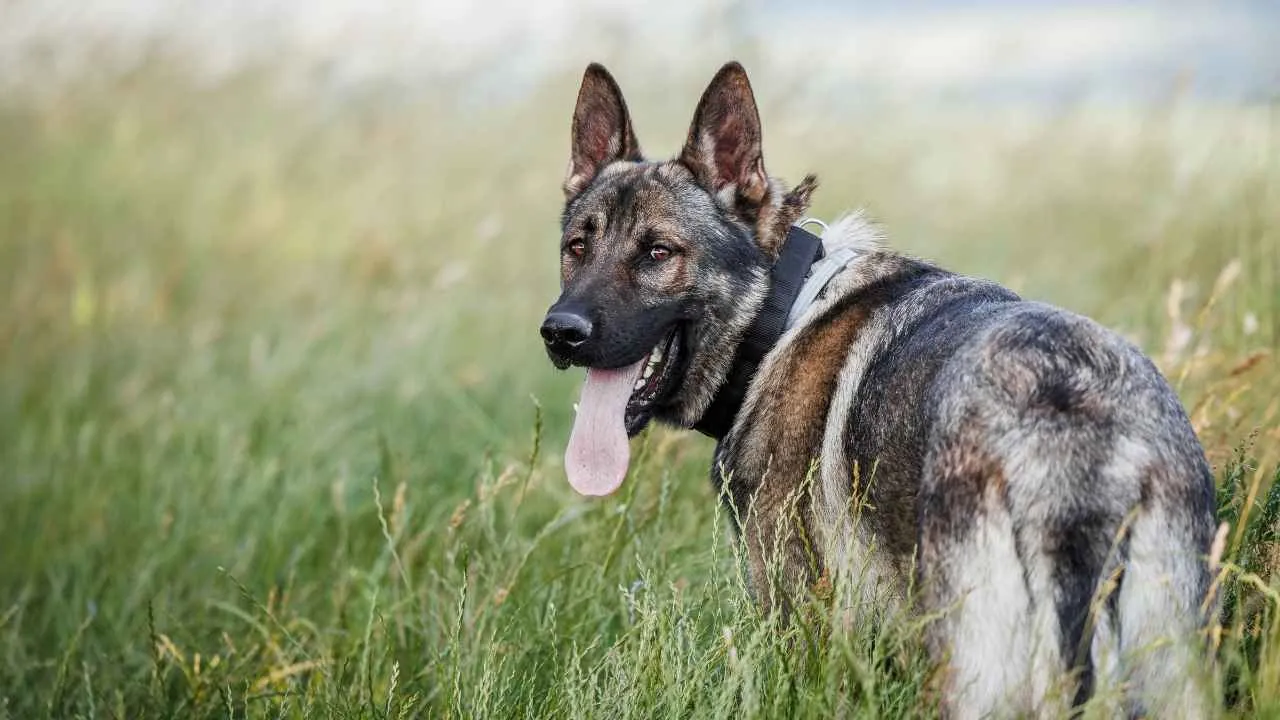
German Shepherds are among the most admired large dog breeds, yet hip dysplasia remains a serious concern for their overall health. Their sloping backs and powerful frames often put extra stress on the hip joints, causing long-term mobility issues.
Many purebred dogs like German Shepherds inherit this condition through genetic factors. That’s why responsible breeding practices are so important to reduce future health risks.
DSDCA reveals that diet plays a major role. A proportional diet with lean protein, glucosamine, and omega-3 fatty acids supports strong muscles while easing stress on joints. Keeping excess weight off is critical to prevent further joint degeneration.
Exercise should be steady and controlled. While German Shepherds have high energy, too much exercise—like running on concrete—can aggravate hip dysplasia. Swimming and soft-surface walks are safer options.
Vets suggest annual screenings to catch early signs of discomfort. Stiffness, difficulty rising, or reluctance to climb stairs should never be ignored.
Supplements such as fish oil or joint support tablets may help the dog’s body maintain flexibility. These are often recommended as part of lifelong management.
With routine vet visits, weight control, and tailored activity, German Shepherds can still live a healthy lifestyle, despite the challenge of hip dysplasia.
2. Labrador Retriever

Labrador Retrievers are one of the most popular dog breeds, but their joyful energy can sometimes mask health issues like hip and elbow dysplasia. These conditions often appear in middle age and cause pain and mobility problems.
Labs are a large dog breed, and their rapid growth in puppyhood can stress developing joints. Poor breeding practices can make this worse, which is why selecting from ethical breeders matters.
Purina suggests that a balanced diet with measured portions helps prevent excess weight, a major concern that worsens hip dysplasia. Adding omega-3s and glucosamine supports cartilage and joint health.
Labs love high-energy play, but activities should be chosen carefully. Swimming is excellent for maintaining muscle without joint strain, while too much exercise, like repetitive jumping, can increase risks.
Routine vet visits and careful monitoring allow pet parents to recognize early signs of hip dysplasia. Symptoms often include stiffness or hesitation when climbing stairs.
Because Labradors are prone to multiple health problems, including obesity and joint disease, many owners choose pet insurance for peace of mind. Preventive care reduces the likelihood of life-threatening conditions.
With proper diet, moderate activity, and regular veterinary check-ups, Labradors can enjoy a longer, healthier life—even with genetic health conditions.
3. Golden Retriever

Golden Retrievers are affectionate, family-friendly dogs, but hip dysplasia is a major concern in this large breed. Alongside other genetic conditions, they are also prone to serious eye disease and heart-related health risks.
Poor breeding practices have made purebred dogs like Goldens vulnerable, which is why responsible breeding practices are crucial to improving the dog’s lifespan.
Feeding them a balanced diet with joint-supporting supplements helps protect against pain and mobility problems. Preventing excess weight is vital, since obesity adds extra pressure to the hips and elbows.
Golden Retrievers require daily exercise but not overexertion. Too much exercise, like long-distance running, can cause stress, while steady walks and swimming provide a safe activity.
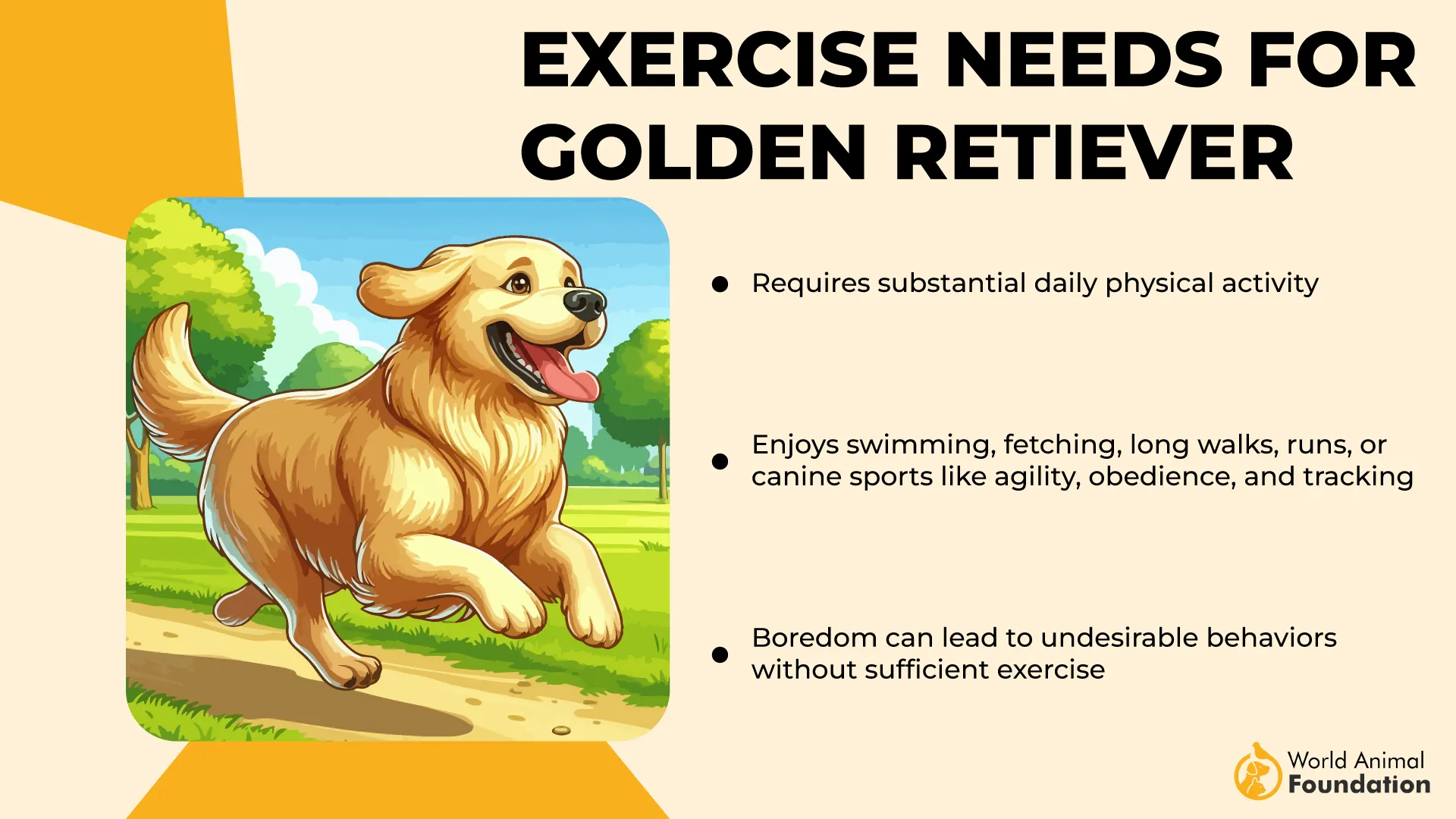
Routine vet visits and screenings help detect early signs of hip dysplasia and other health conditions. Vets often recommend annual checkups for careful monitoring.
Joint supplements, omega-3s, and weight management plans are commonly used. These measures, combined with regular veterinary check-ups, can significantly improve comfort and mobility.
Despite being prone to health problems, Goldens with a healthy lifestyle can remain playful, loving companions. With the right care, they’re still one of the healthiest dog breeds to share a home with.
4. French Bulldog
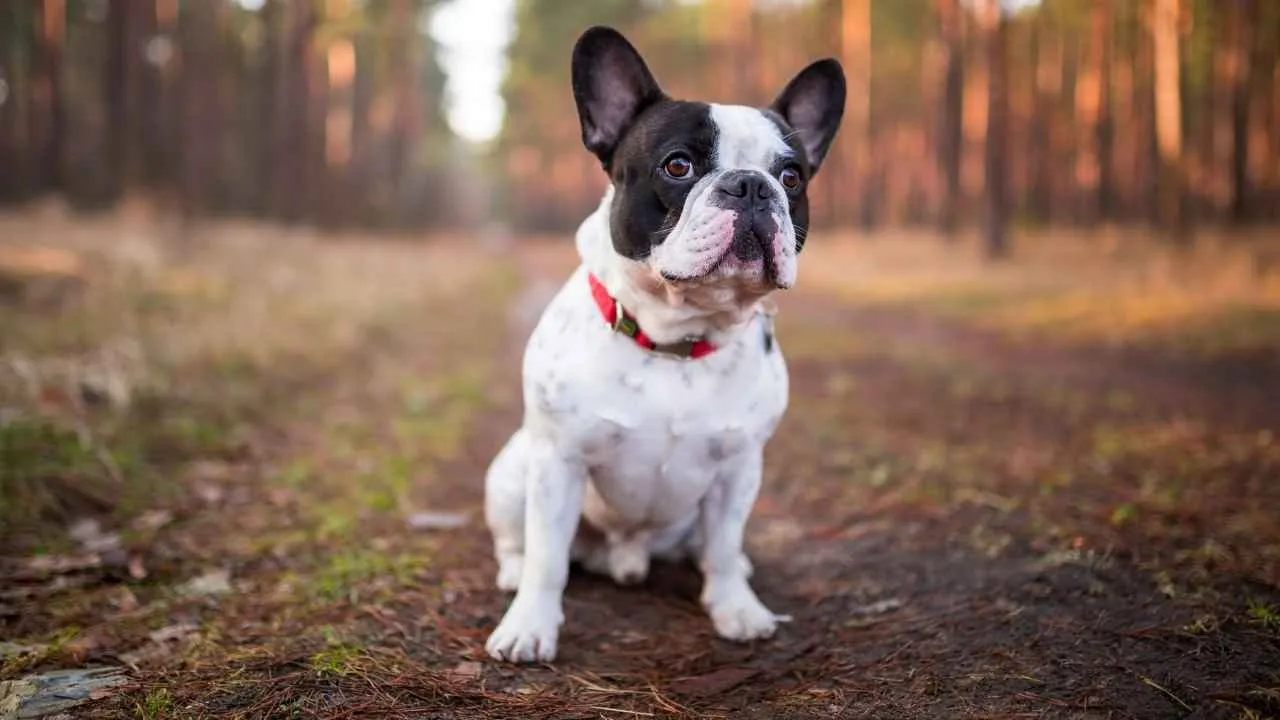
French Bulldogs are adored for their adorable smashed-in faces, but that very feature links them to brachycephalic airway syndrome. While their breed’s pushed-in nose affects breathing, hip dysplasia is also a serious concern in this compact companion.
Because they are small yet stocky, their dog’s body often carries more weight than the hips can handle. This contributes to joint stress and mobility issues over time.
A carefully controlled, balanced diet is essential to prevent obesity. Obesity not only worsens hip dysplasia but can also trigger breathing difficulties.
Pawlicy Advisors note that French Bulldogs don’t tolerate hot or humid conditions well. Short, gentle walks are best, while avoiding overexertion that could lead to breathing problems.
Supplements for joint support may help, but regular veterinary check-ups remain critical to spotting early signs of hip discomfort.
Since other brachycephalic breeds share these risks, responsible pet ownership means managing activity, diet, and environment. Preventing excess strain is the best approach.
Despite these health risks, Frenchies can live comfortably with attentive care and routine vet visits tailored to their needs.
5. Boxer
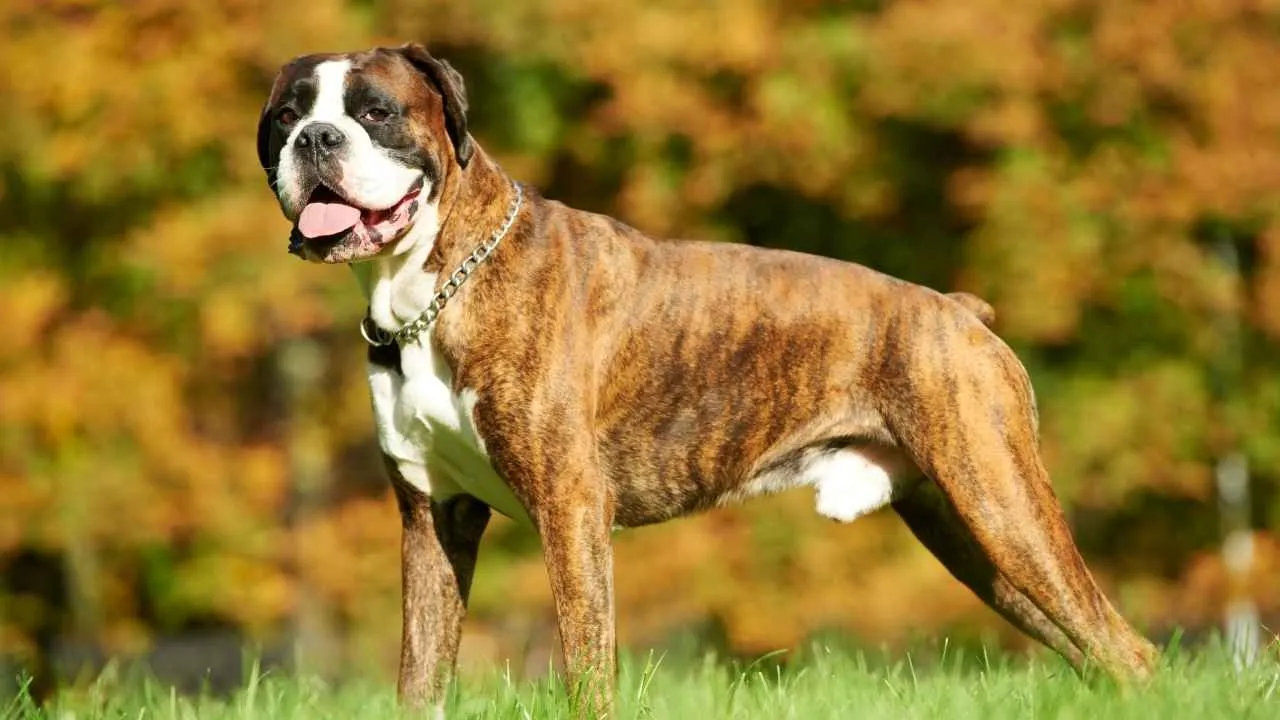
Boxers are playful and strong, yet they face mast cell tumors and joint problems, with hip dysplasia being a serious concern. Their active nature sometimes hides early signs of discomfort.
Because they are purebred dogs, they can inherit a variety of genetic conditions. Ethical breeding practices play a major role in minimizing these risks.
A well-designed, balanced diet supports energy while helping prevent skin allergies and joint deterioration. Proper nutrition is key to extending the dog’s lifespan.
Boxers are naturally athletic, but too much exercise can put their hips at risk. Vets often recommend low-impact activities to limit mobility issues.
Regular flea treatment and routine vet visits are essential since Boxers are also prone to conditions that can involve internal organs.
Pet parents should also watch for serious concern signs like stiffness or limping. Catching early signs can make a huge difference.
Even though they face several health conditions, Boxers with careful monitoring and preventative care can remain joyful, energetic companions.
6. Newfoundland
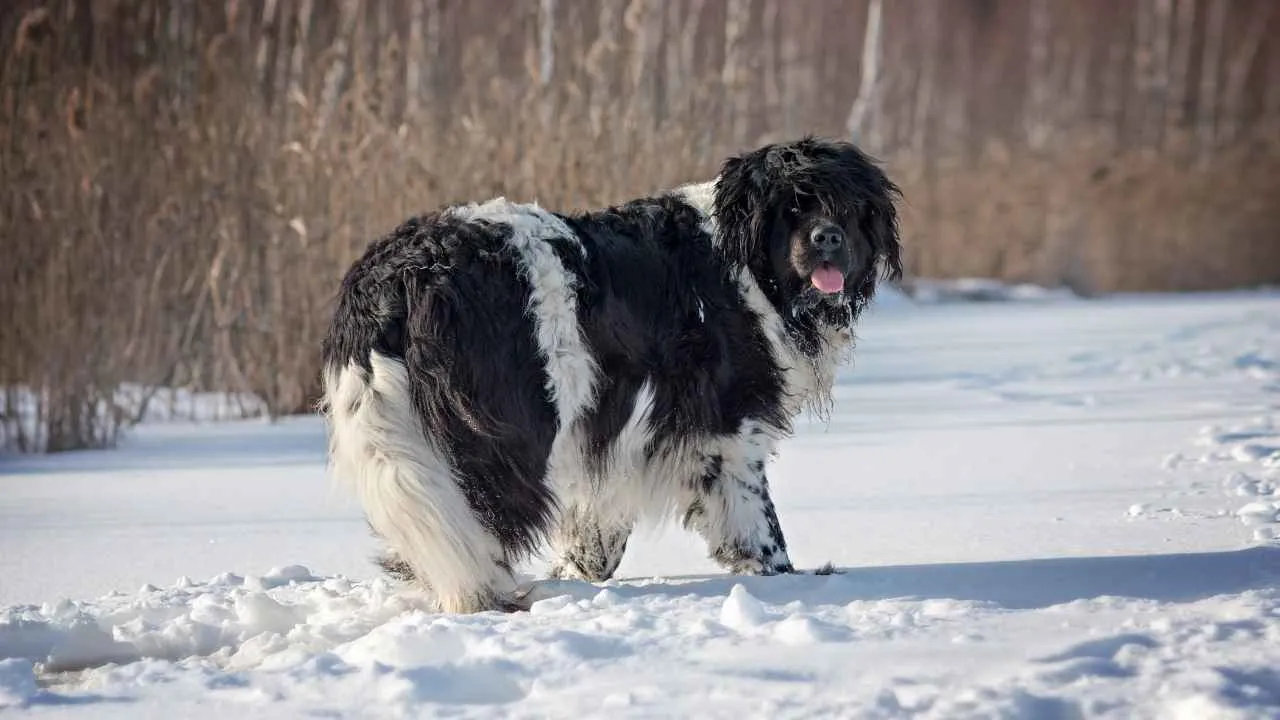
Newfoundlands are gentle giants, but their size makes hip dysplasia a major concern. This large breed also tends to life-threatening emergency conditions if joint pain becomes severe.
Their massive dog’s body requires a balanced diet rich in nutrients to support joints and cardiovascular health. Without it, obesity leads to worsening mobility issues.
These dogs need moderate exercise but not too much exercise, as overexertion can stress joints. Swimming is one of the safest activities for this breed.
Routine vet visits allow for careful monitoring of hips and detection of early signs of pain. Large dogs often mask discomfort until it’s advanced.
Pet insurance is often recommended for Newfoundlands due to their range of potential health conditions. Costs for treatment, including when dogs require surgery, can be significant.
Because their hips and hearts may struggle to pump blood efficiently, supplements and regular evaluations help ensure comfort. Regular veterinary check-ups are non-negotiable.
With consistent management and a healthy lifestyle, Newfoundlands can thrive despite their predisposition to joint and life-threatening condition risks.
7. Saint Bernard
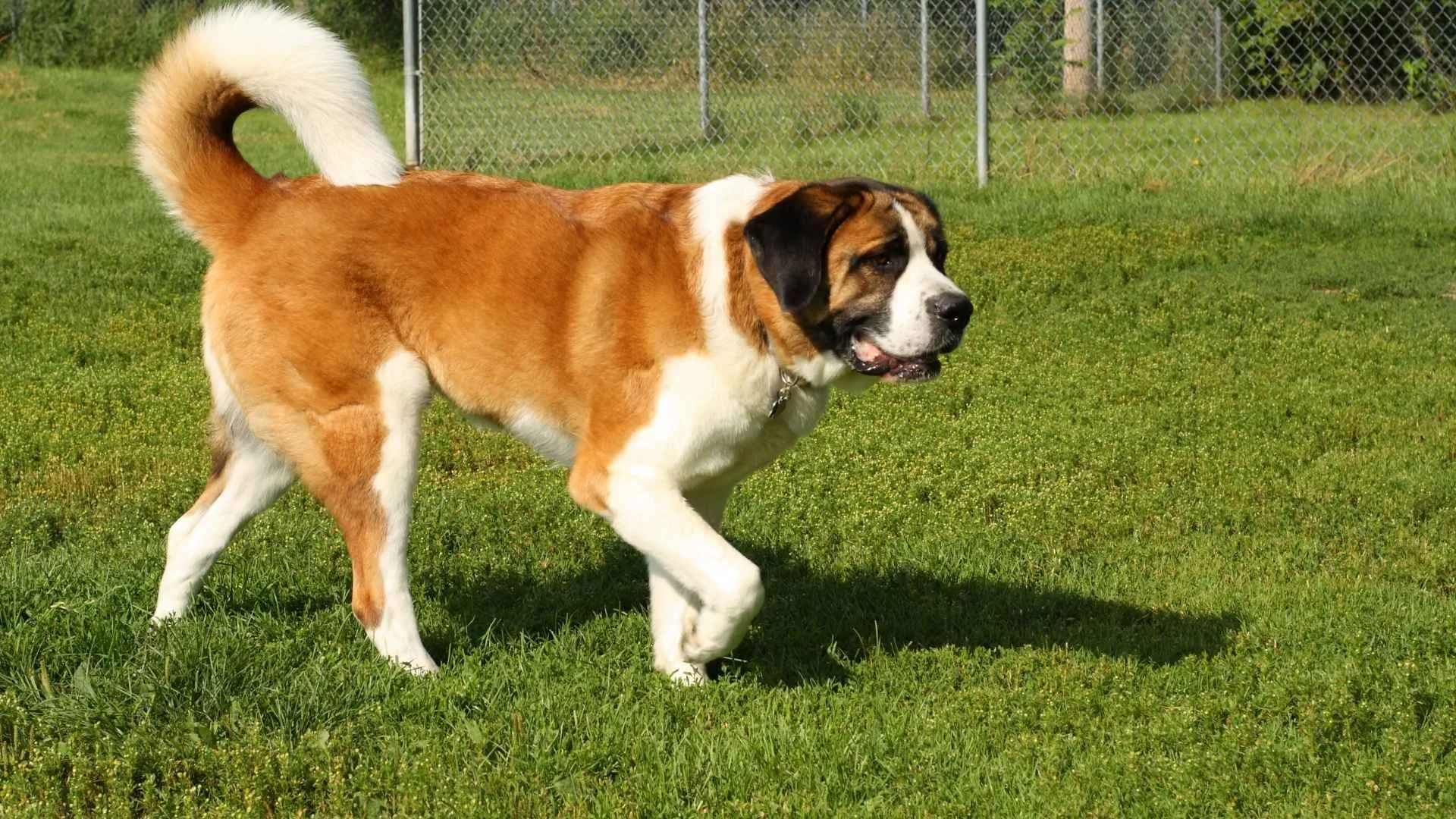
Saint Bernards are massive dogs known for their gentle nature, but hip dysplasia is a major concern in this giant breed. Their size places enormous strain on joints, leading to pain that often requires veterinary treatment.
Because of their genetics, they share risks with Bernese Mountain Dogs and other large breeds. Unlike mixed breeds, purebreds are more vulnerable to inherited joint issues.
A carefully planned diet helps maintain joint health. Preventing obesity is essential for protecting the hips and supporting the heart’s ability to function well.
Exercise should be moderate and low-impact. Gentle daily walks are ideal, while avoiding activities that push the dog’s vision or body too hard.
Like other large breeds, Saint Bernards often show very few symptoms until hip problems become advanced. Owners must watch closely for subtle signs.
Regular vet check-ups and screenings are key for careful monitoring of hips and other health conditions. Early detection leads to better outcomes.
AKC adds that despite these challenges, Saint Bernards can enjoy a fulfilling dog’s lifespan when given a proper diet, activity, and proactive care.
8. Corgi

Corgis are small but sturdy dogs, yet their long backs and short legs make them prone to hip dysplasia and intervertebral disc disease. These structural challenges often create mobility issues over time.
Unlike elderly small dogs that slow naturally with age, Corgis may develop spine and hip problems earlier. This is why careful activity management is important.
Their diet should focus on balance and joint health. Controlling weight ensures hips aren’t overloaded and helps them pump blood effectively during exercise.
Regular play is necessary to keep them mentally sharp. However, jumping off furniture or stairs can worsen hip and spine strain.
Corgis are also known to suffer from frequent ear infections, which require owners to prevent them through cleaning and care.
Regular vet check-ups are important for monitoring not just joints but also other health conditions common to the breed.
With early intervention, healthy nutrition, and supportive care, Corgis can avoid complications that require lifelong management.
9. Rottweiler
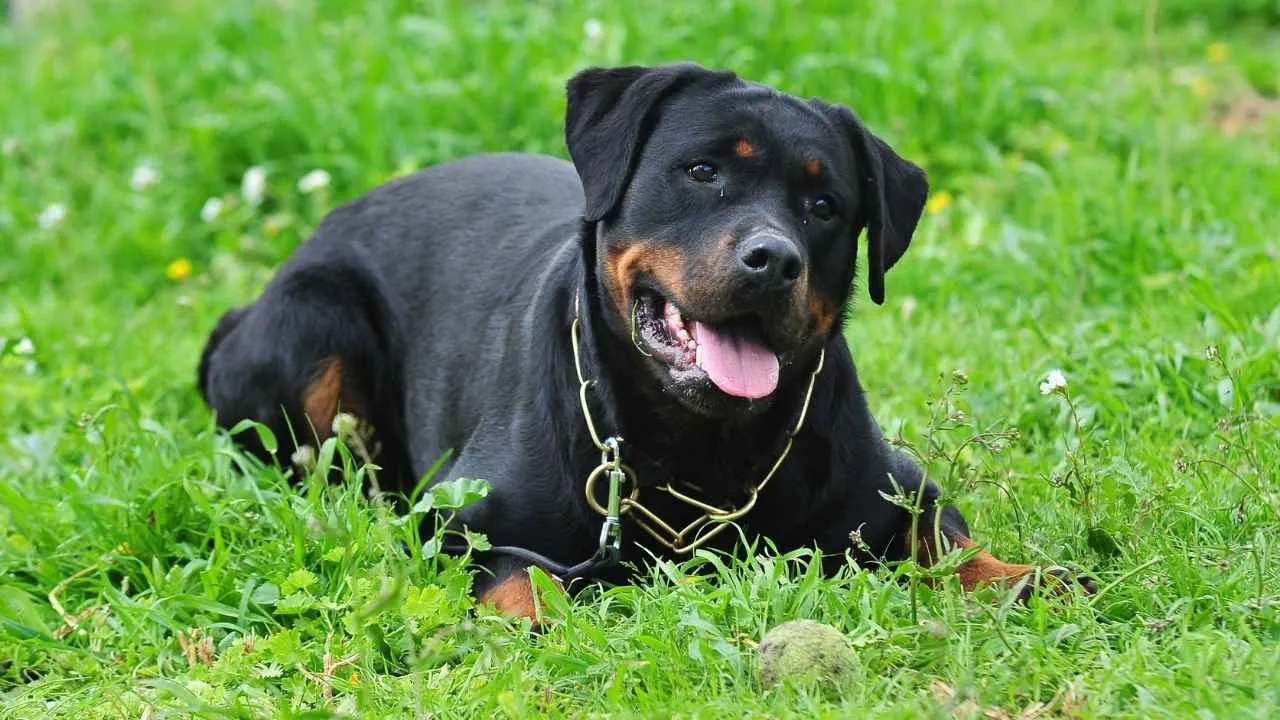
Rottweilers are powerful and loyal companions, but as a large breed, hip dysplasia is one of their most pressing health challenges. Their heavy build increases joint stress, especially without proper care.
Unlike mixed-breed dogs, purebred Rottweilers have a higher chance of inheriting joint disorders. Selective breeding has made this a serious concern among other breeds, too.
Diet is critical for them. A nutrient-rich plan helps limit risks of obesity, which can contribute to hips failing and even cause them to develop diabetes.
Rottweilers need consistent but moderate activity. Overexertion may worsen hip dysplasia, while low-impact exercise builds strength without harm.
WebMD claims that they can also be prone to adrenal gland disease and conditions that affect the heart’s ability to pump blood effectively. These issues highlight the need for regular vet check-ups.
Some Rottweilers may show very few symptoms until joint disease progresses. Pet parents should monitor for limping, stiffness, or slowing down.
Through careful diet, controlled exercise, and timely veterinary treatment, Rottweilers can enjoy strong, healthy lives despite their predisposition to health risks.
Conclusion
The bond between humans and dogs is one of the most enduring connections we’ll ever experience. Through every wagging tail and loyal gaze, our pups remind us what unconditional love truly means.
From German Shepherds to Rottweilers, and even smaller companions like Corgis, each breed comes with unique strengths and health challenges. Just as some face hip dysplasia, others, like the Cavalier King Charles Spaniel, may struggle with mitral valve disease, showing how diverse dog health can be.
As pet parents, it’s our role to create a healthy lifestyle for our companions. Whether it’s helping a Newfoundland’s joints, managing epileptic dogs, or learning how to soothe itchy skin, thoughtful care makes a world of difference.
Despite their health risks, dogs give us immeasurable joy. They bring laughter on our hardest days, comfort during struggles, and energy that fills our homes with life.
That’s why responsible breeding practices, proper care, and even considering adoption of mixed-breed dogs are so important. Every choice we make impacts their health and happiness.
In the end, every wagging tail tells a story waiting to be shared. With love, patience, and care, our dogs can live long, meaningful lives by our side—and that’s the greatest gift of all.


